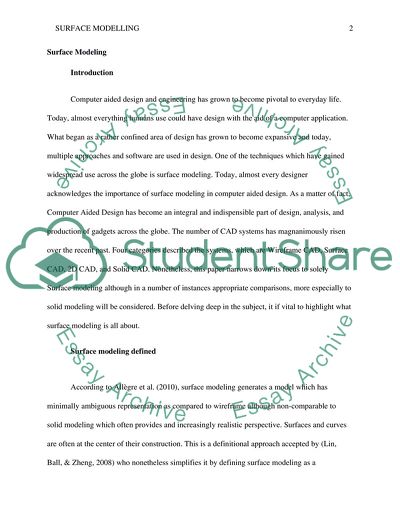Cite this document
(A Hybrid Shape Representation: Surface Modeling Research Proposal, n.d.)
A Hybrid Shape Representation: Surface Modeling Research Proposal. Retrieved from https://studentshare.org/information-technology/1787376-solidworks-surface-modeling-report
A Hybrid Shape Representation: Surface Modeling Research Proposal. Retrieved from https://studentshare.org/information-technology/1787376-solidworks-surface-modeling-report
(A Hybrid Shape Representation: Surface Modeling Research Proposal)
A Hybrid Shape Representation: Surface Modeling Research Proposal. https://studentshare.org/information-technology/1787376-solidworks-surface-modeling-report.
A Hybrid Shape Representation: Surface Modeling Research Proposal. https://studentshare.org/information-technology/1787376-solidworks-surface-modeling-report.
“A Hybrid Shape Representation: Surface Modeling Research Proposal”, n.d. https://studentshare.org/information-technology/1787376-solidworks-surface-modeling-report.


